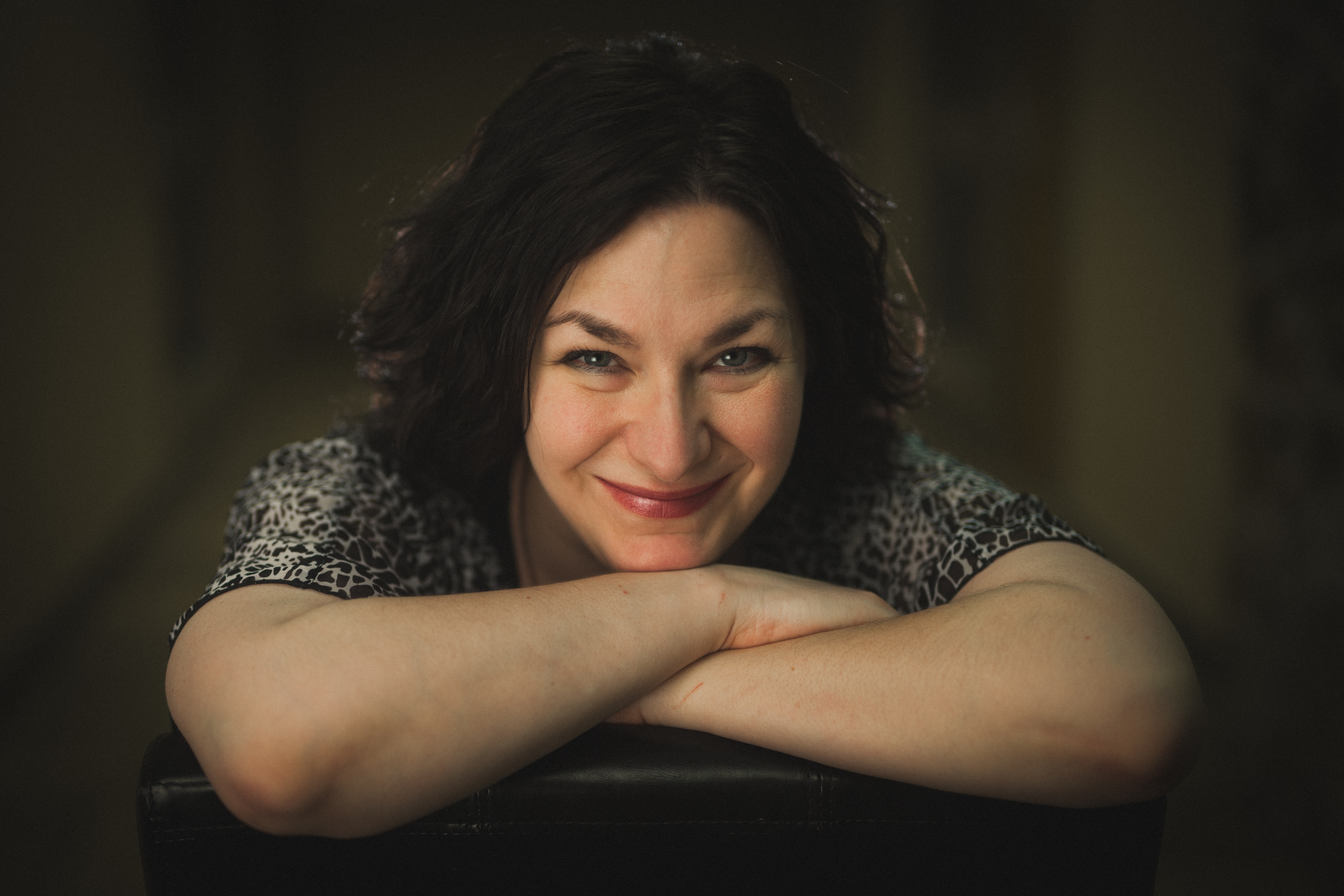We Speak to Both Minds
- Linda Campbell

- Apr 2
- 4 min read

There’s a common misconception in the world of hypnotherapy: “The deeper you go, the more powerful the session.”
And while that may sound logical, here’s the truth:
Depth is not the goal. Change is.
In fact, one of the biggest mistakes I see in the field—both from other practitioners and from clients—is this over-focus on how deep someone goes in hypnosis, as though that’s the only thing that matters.
But what I’ve learned in working with thousands of clients, training students, and seeing real, lasting transformation unfold again and again is this:
People go to the depth that is right for them.
And when you meet them there, that’s when the magic happens.
Some people naturally drop into a deep state of hypnosis. Others stay more in a light trance where they’re aware of everything I’m saying. Both are completely valid. Both can produce results.
Trying to push someone into a deep state when their system isn’t ready is not only unnecessary—it breaks rapport. And rapport is everything when it comes to subconscious change.
When someone’s subconscious doesn’t feel safe with you? You can forget about effective hypnosis. It won’t let you in. That’s why I always offer a free consultation before working with someone—because if we’re not a good fit, the work simply won’t land.
But here’s the real kicker:
When someone is very deep, I can only give suggestions. And that means I’m only talking to the subconscious mind. But most of the time, the conscious mind is still in the room.
So instead of pretending the conscious mind isn’t there, I work with it. That’s what makes my method different.
💡 Whole-Brain Hypnotherapy: Working With Both Minds
There are two parts of the mind we’re working with in hypnosis:
🧠 The Conscious Mind:
It understands logic, syntax, reasoning, and language.
It needs airtight arguments so it doesn’t reject what’s being said.
It questions, evaluates, and looks for holes.
That’s why I build hypnotic arguments into my sessions—so that as the client follows along, their logical mind is saying: “Yes, that’s true. Yes, that makes sense.”
Every time the conscious mind agrees with what I’m saying, it primes the subconscious to accept the suggestions as well.
This is crucial—because the subconscious is lazy. If it gets into a habit of saying yes, it will say yes to everything I want it to absorb.
That’s how I get suggestions to stick.
🌀 The Subconscious Mind:
It does not use logic.
It doesn’t know right from wrong or good from bad.
It only has one job: to keep you safe.
And how does it learn?
🪄 Through symbolism, metaphor, story, and repetition. Just like a child. That’s why we tell children fables with morals—like The Boy Who Cried Wolf. The story sinks in. The subconscious gets the message.
So in my sessions, I speak both languages. I use story, metaphor, and sensory language for the subconscious, and logic, reasoning, and airtight argumentation for the conscious.
✅ Example: Why Suggesting Away Symptoms Doesn’t Work
Let me show you exactly why this matters.
My very first weight loss client told me: "Just tell me to eat smaller portions."
So I did. And what happened?
She ate more.
Why? Because I hadn’t gotten to the root. I hadn’t looked at what was going on beneath the behavior.
Turns out, when she was 7, her grandmother died in hospice. And what she remembered was seeing her get thinner and thinner and thinner… and then die.
Her subconscious associated thinness with death.
So when I told her to eat less? Her subconscious heard: "This is dangerous. She might die. Eat more to keep her safe."
So here’s the truth:
You cannot bully the subconscious into doing what you want. You cannot override trauma with surface-level suggestion. You must find the root, understand the pattern, and then speak to it in the language it understands.
That’s what I did next. We worked at the subconscious level to reframe that old memory, to separate thinness from death, to build safety around her body. Only then did her system stop resisting. Only then did change happen.
🔄 Why My Clients Get Results
In my sessions, I don’t just put you into a deep state and whisper affirmations over background music.
I meet you where you are. I prove to your mind that the work is happening. I involve both parts of your brain. I personalize everything to your life, your language, your metaphors.
My clients often say things like: “It’s like you’re inside my head.” “You described exactly what I’ve been feeling—but couldn’t articulate.”
That’s not an accident. That’s the result of my methodology. I’ve spent years refining it, and I call it:
🌕 Whole-Brain Hypnotherapy™
It’s not about how deep you go. It’s about how effectively we can speak to both parts of your mind—so change happens at every level.
And that’s what makes this different. That’s what makes it powerful. That’s what makes it stick.
Want to Learn More?
If you’re curious about working with me—or training in my method— I’d love to chat. You can book a free consult here or explore upcoming training dates here.
And stay tuned for the next article in this series:
🛑 “No Surface Suggestions: Why We Pull the Weed Out by the Root.”



Comments